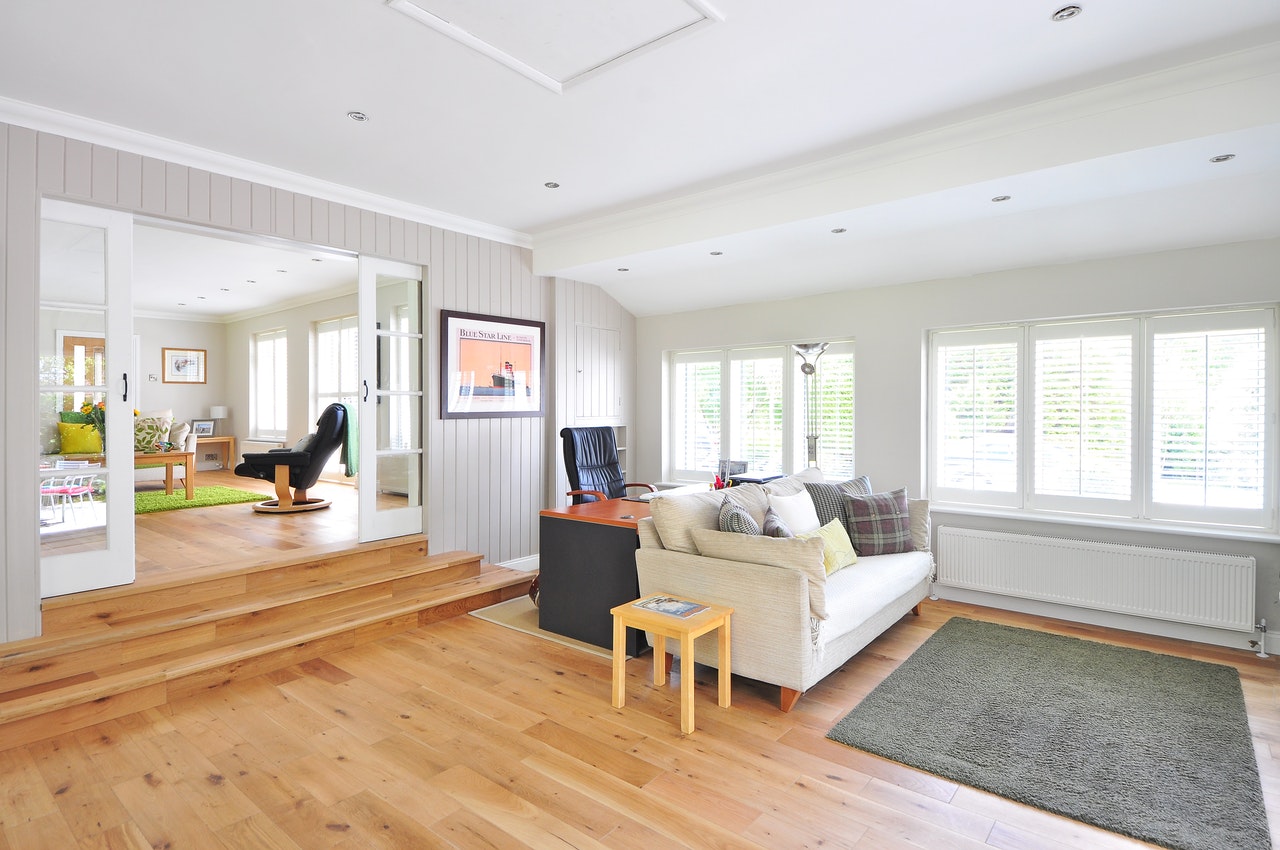Hardwood floors are quite, well, hardy. They can handle decades of foot traffic without damage if they’re installed and taken care of properly. This is why a hardwood floor is on every buyer’s house hunting checklist. The only maintenance methods you should only think about when it comes to hardwood floors is cleaning and refinishing. Cleaning should be simple, as sweeping dust off of it is easy, cleaning off water and stains with a mop.
Even hickory engineered hardwood floors need to be refinished from time to time. Knowing when to refinish it, however, can get tricky. For one, it’s a job that requires you to work on the whole floor. It takes a lot of time and energy to do. So, it would be best if you only refinished your floor when it starts developing the following issues:
-
Contents
Too many scratches
There’s no avoiding scratches when you’re using hardwood, especially if it’s located in a high-traffic, like your foyer. If your floor starts accumulating unsightly scratches that you can’t cover up, you might need to sand and refinish it.
-
Moisture issues
Sealed hardwood floors can still suffer from moisture damage. Mild cases of this come in the form of water stains on the surface. The issue doesn’t come from spills or stains from the top layer of the floor. Rather, it comes from the bottom one, as groundwater seeps into the foundation, and eventually the flooring material. Stains can still be saved through resealing. However, if some of the wooden panels are separating or cupping, you may need to replace a section of your floor.
-
Discoloration
Years of being exposed to the sun, even through a window, can discolor any surface. This is because of the ultraviolet radiation coming from the biggest star in the solar system. You’ll find that the floors that get a lot of sunlight have faded colors. If this bothers you, a good sanding, restaining, and resealing should do the job.
-
Boards are turning gray
The discoloration you should worry about the most is when your panels start to turn gray or black. This isn’t from UV damage. It happens when the floor’s polyurethane sealing has completely worn off.
When a spill happens or someone tracks rainwater onto the floor, the wood will readily absorb it. Over time, the water will age the wood rapidly and turn it gray. This can also lead to mold and rot. Fortunately, you can still save it by refinishing it while it’s gray. However, if it’s already black, this means that the boards are beyond repair and need to be replaced.
Important Factors to Consider When Refinishing Your Floor
What’s great about floor refinishing is that you can do it yourself. However, there are a few factors you should consider before undertaking this activity.

- The equipment — If you’re going for a full-on refinish, you’ll need a wide range of tools.
- Vacuum cleaner — You’ll need this to get rid of dust before, during, and after the refinishing process.
- Paintbrush — Having a set of paintbrushes in different sizes helps in laying down the finish in large areas and hard-to-reach spaces.
- Sandpaper or buffer with sanding screen — You’ll need to sand old sealing off your floors until you get to the bare wood. You can do this with sandpaper. This can take a few hours. If you want a faster sanding process, use a buffer with a sanding screen.
- Roller tray — This makes it easier to soak your paintbrush or roller in the sealant.
- Cleaning tools — A vacuum cleaner, mop, and rag are needed to keep the floor squeaky clean so that dust and debris don’t get sealed with the bare wood.
- The materials — You’ll also need a variety of materials to get your hardwood properly sealed.
- Floor cleaner — This ensures that you remove all the dirt and dust from the floor.
- Mineral spirit ensures you take off old wax and soap from the floor before resealing it.
- Finish — There are a variety of options when it comes to your floor’s finish. There’s polyurethane, varnish, and penetrating sealer.
- The finish — The type of finish you should get depends on how low-maintenance you want your floor to be.
- Polyurethane — This is a popular choice because it makes the wood impervious to moisture and traffic. On the small chance that it gets gouged, it may be not easy to spot repair.
- Penetrating sealer — Penetrating sealer seeps into the wood, making its finish look natural instead of glossy. However, it’s not as durable as the other options.
- Varnish — This creates a glossy finish to your floor. However, it will darken with age and wear.
- The schedule — Sanding and refinishing your floor takes a lot of time and effort to do. It’ll take all day or two for you to cover the whole house. Reserve your weekend for this task.
Modern wooden floors most likely have finishes that can last decades. When they get damaged or worn out, however, they need to be resealed immediately. This prevents further damage to the bare wood. Take these four factors into consideration before taking on this monumental task. You’ll end up with a satisfying and beautiful floor once you’re done resealing your floor.
